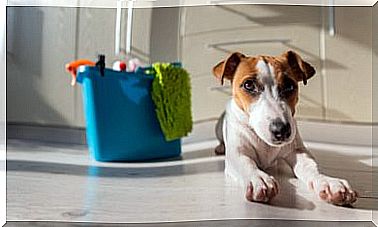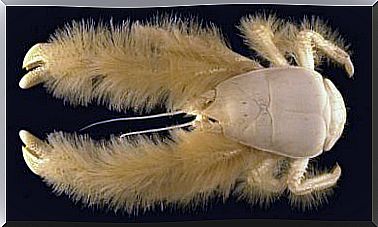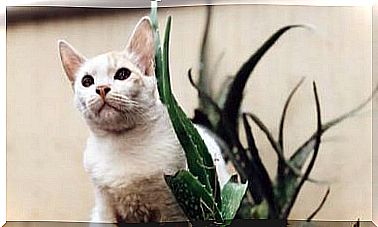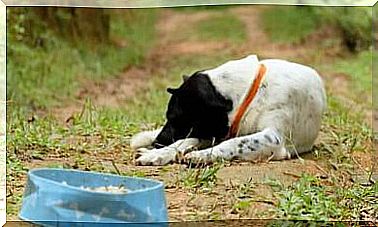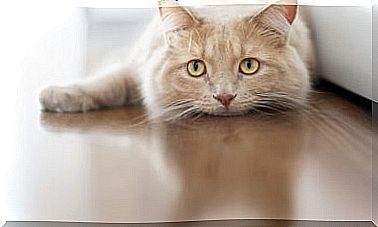Best Friends: A Three-legged Kitten Is Adopted By A Girl With An Amputated Arm

Scarlette Tipton is a girl whose courage and determination led her to conquer a strange type of cancer that caused her to lose one of her arms when she was just 10 months old. Now she’s a cute two-year-old girl who loves cats, and who has adopted Doc, a kitten who lost a paw because he went to sleep under the hood of a car to keep warm. The Tripton family decided to adopt him and they became best friends.
Scarlette was very moved when she saw the little cat. When she found out that Doc didn’t have a paw, she realized that he was just like her, that he had to fight in battles similar to hers.
Doc has adapted very well to the new family. It has limitations, but it is a very active kitten, who loves to jump over things; although his favorite place is to be on Scarlette’s lap, as they are the best friends in the world.
The girl’s family stated that the idea was to adopt an animal that Scarlette would grow up with, but they didn’t expect it to be one with the same difficulty as she.
Animals as therapy
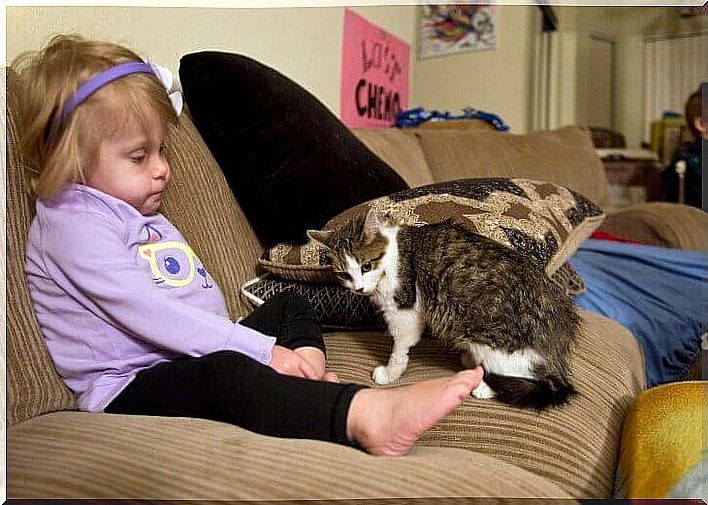
Source: www.recreoviral.com
We know the benefits that the presence of a pet at home brings, whether physical, psychological or other benefits. In the evolution of modern healing methods, animals are used for therapies in the treatment of people with physical problems, to help with rehabilitation, difficulties in adaptation and integration, sociability problems, mental illnesses, etc.
Animals contribute with an incentive of motivation and socialization, very useful for many people with mental problems. Among the most used animals are horses and dogs. The latter are an excellent instrument for this type of therapy, for activities with people who have communication problems. Horses also contribute to relaxation and make very smooth movements when dealing with people with psychomotor difficulties.
There are other animals, in addition to horses and dogs, which are also used in therapy with people. The best known are dolphins, thanks to the predisposition of these animals towards humans.
A better quality of life with your best friends
In the organization of activities with animals, the main objective is to improve the quality of life of all the people involved, of a particular person with the animal, of a group, or, for this, it also counts on the help of monitors , trainers, etc.
But there is also the involvement of medical professionals in this field to carry out various treatments, whether to recover physical fitness, psychological illnesses, enhance the patient’s relationship with his surroundings, etc.
It has been proven that the affection of an animal, especially if it is a species of special receptivity, such as a dog or a horse, provides people who receive them with a lot of confidence and security, in addition to helping to regulate blood pressure.
In addition, having a pet gives people with difficulties in socializing an extra responsibility, which leads to a positive and motivating attitude. Elderly people also derive many benefits from taking on this responsibility.
Benefits for children with their best friends
For school children, activities with dogs help to develop better attention and concentration to study, to prepare for tests, exams, it also helps autistic children to integrate, etc. The dog can be, for some people, a very effective “link” between the patients’ world, their mental isolation, and the world around them.
A simple play with dogs can create an important communication bond that will clearly influence social skills. In other words, contact and interaction with an animal helps a child with autism to discover emotions and to perceive certain sensations that they could not otherwise perceive. Thus, the little one can transmit them.
Treatment for people with physical limitations
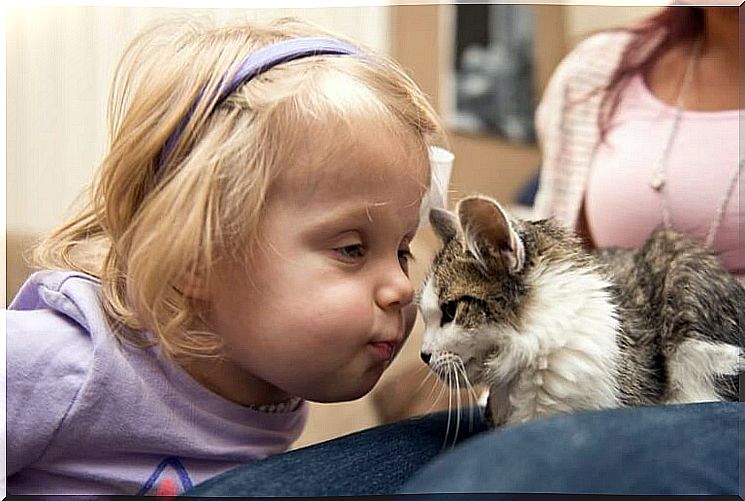
Source: www.recreoviral.com
In addition to these benefits for certain pathologies or mental disabilities, interaction with animals can also favor the autonomy of children who have physical or neuromuscular limitations, having a dog as a personal assistant, performing basic activities such as opening a door or picking up an object, actions that a child with certain physical limitations is not able to perform.
In addition to intermediary rehabilitative agents, the dog also becomes an assistant to children, improving their quality of life.

